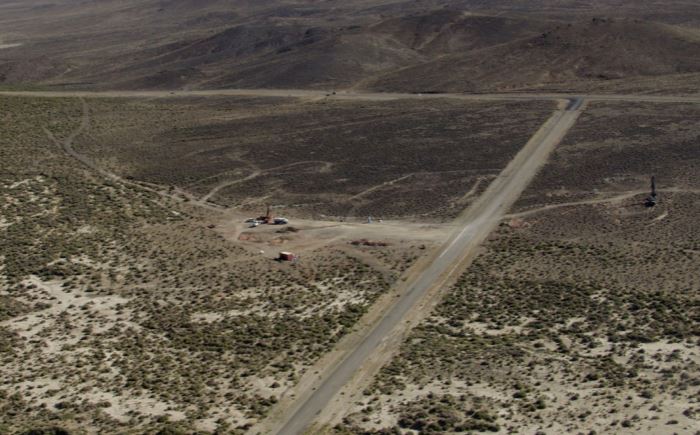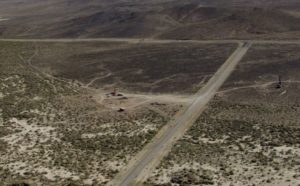Viva Gold tables resource estimate for Nevada project

Viva Gold Corp. [VAU-TSXV] on Wednesday March 28 released an update and filed a NI 43-101 compliant technical report and mineral resource estimate for its Tonopah Gold Project.

Viva Gold, which recently changed its name from Aintree Resources, has a 100% interest in the Tonopah Project near Tonopah, Nevada, an advanced stage gold exploration project.
The project sits on the Walker Lane Trend and consists of 444 unpatented mineral claims, 185 of which are subject to a royalty interest. Viva said it recently entered into a Royalty Deed Modification and Waiver of Claims Agreement with underlying royalty holders on the Tonopah project to waive certain claims by royalty holders against the previous owner, Midway Gold, eliminate advance royalty payments, and restructure an onerous sliding scale net smelter royalty into a flat 2% NSR structure (from a 7% royalty rate at gold prices in excess of US$700/oz).
This should allow for consideration of a much broader set of mining and processing scenarios and is a significant positive impact on the project, Viva has said.
The project sits on a low-sulfidation epithermal gold system with near vertical quartz-adularia-gold veins hosted by the Palmetto Formation and overlying Tertiary rhyolitic volcanics.
Gold-bearing veins occur in a series of en echelon (in step-like arrangement) clusters along a 1.5-mile northwest-trending band of mineralization. Viva recently completed its initial drilling program on the Tonopah Project, consisting of four diamond core holes totalling 574 metres. By doing so, it added to an inherited database of historic drill-hole data, including 637 drill holes, totaling 284,469 feet completed by a number of companies starting in the 1970s.
Gustavson Associates completed a NI 43-101 compliant study for a previous owner in 2011, declaring an inferred resource of 114,000 tons at 0.3017 oz/ton gold (8.51 g/t. It advised the company to define the potential to increase the mineral resource, lay out future drill programs and outline development strategies.
In 2005, a NI-43-101 technical report and subsequent non-compliant resource estimates showed open pit potential for 200,000 to 350,000 ounce resources at an average grade of approximately 0.039 oz/ton.
On Wednesday, the company said a series of initial metallurgical tests were conducted at an independent metallurgical testing laboratory in Colorado. The results of this work demonstrate that good gold recoveries can be achieved through leaching, potentially providing a much larger tonnage potential for the project.
Additional testing will be required to optimize crush/grind size versus recovery, the company said. Testing was conducted on two mineralized composite samples representing the major argillite and tertiary volcanic rock types at the Tonopah Project.
The rock-type samples represent the lower grade halo around the higher grade mineralized zones.
“These results are very positive, demonstrate leachability and provides a solid direction for future analysis,” said Viva President and CEO James Hesketh. “Cost-benefit studies will be required to analyze the best economic process options for the project by looking at the trade-off between an increased gold recovery at a faster recovery rate as a revenue driver, versus reducing capital and operating costs by accepting a lower gold recovery over a longer period of time as a result of using a larger particle crush/grind size,” he said.
Hesketh went on to say that the presence of free gold at Tonopah, which has been shown to be amenable to gravity recovery methods in past test work, will also need to be considered in the analysis.
Meanwhile, according to the NI 43-101 technical report, the Tonopah Project contains an in-pit constrained mineral resource of 6.7 million tonnes of 0.95 g/t gold or 186,000 ounces in the measured and indicated category.
On top of that is an inferred resource of 9.6 million tonnes, grading 0.77 g/t or 238,000 ounces.
These resources are reported at a cut-off grade of 0.25 g/t gold, which constitutes a reasonable prospect for economic extraction based on a comparison with similar gold deposits in Nevada, and within a US$1,250/oz pit shell using a 42 degree average pit slope.
Initial drilling completed by Viva was designed to test the lower grade inferred material in the northern and western part of the resource pit shell; and aid in geologic modelling of the resource.
Viva Gold shares were unchanged Wednesday at 25 cents. The 52-week range is 69 cents and 25 cents.
